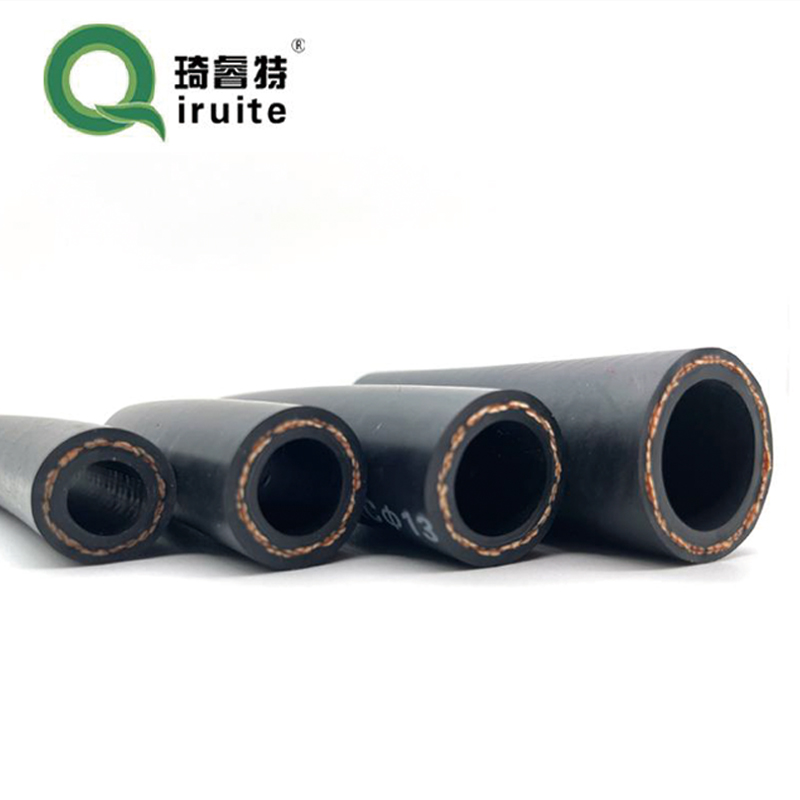r134a recharge hose
Understanding R134A Recharge Hoses A Comprehensive Guide
In the realm of automotive air conditioning systems, R134A refrigerant is widely used to cool the air in vehicles. The effectiveness of an automotive air conditioning system heavily relies on the proper functioning of various components, and one such critical component is the recharge hose. This article delves into the significance of R134A recharge hoses, their components, functionality, and tips for proper use.
What is R134A?
R134A is a hydrofluorocarbon (HFC) used as a refrigerant in vehicle air conditioning systems. It replaced the older R12 refrigerant due to environmental concerns related to ozone depletion. R134A is less harmful to the environment and meets the modern regulations for safe refrigerant use. Although it is more eco-friendly, R134A systems still require periodic maintenance, including refrigerant recharge.
Importance of Recharge Hoses
Recharge hoses are essential tools for maintaining the efficiency of air conditioning systems. They provide a means to add R134A refrigerant when levels drop due to leakage or natural dissipation over time. A well-functioning air conditioning system not only enhances comfort but also prevents potential damage to the compressor, which can lead to costly repairs.
Recharge hoses are specifically designed for R134A refrigerants and often come with a variety of features to make the process of recharging straightforward and safe.
Components of a Recharge Hose
A typical R134A recharge hose consists of several key components
1. Connector Fittings These are designed to match the service ports of R134A systems, ensuring a tight seal to prevent refrigerant loss during recharging.
2. Hose Material The hose itself is usually made from durable materials that can withstand high pressures and are resistant to damage from refrigerants.
3. Pressure Gauge Most recharge hoses come equipped with a pressure gauge, allowing users to monitor the pressure within the system. This is crucial, as adding too much refrigerant can damage the AC system.
r134a recharge hose

4. Shutoff Valve A shutoff valve is a safety feature that prevents refrigerant from escaping when the hose is disconnected.
Proper Usage of R134A Recharge Hoses
To ensure efficient and safe recharging with R134A recharge hoses, follow these guidelines
1. Preparation Before starting, ensure that the vehicle is turned off and parked on a level surface. Gather the necessary tools, including the recharge hose, a can of R134A refrigerant, and safety glasses.
2. Locate the Service Ports Identify the low-pressure service port, typically larger than the high-pressure port. This is where you will connect the recharge hose.
3. Connect the Hose Attach the connector fitting of the recharge hose to the low-pressure service port. Ensure that the connection is secure to prevent leakage.
4. Check Pressure Use the pressure gauge to check the current system pressure. This will help determine how much refrigerant is needed.
5. Recharging With the vehicle's AC on the maximum setting, open the valve on the recharge hose to allow R134A to flow into the system. Monitor the pressure closely during this process.
6. Final Steps Once the system is adequately charged, turn off the valve, disconnect the hose, and replace the service port cap securely.
Conclusion
R134A recharge hoses are indispensable tools for maintaining the efficiency and functionality of automotive air conditioning systems. Understanding their components and following proper procedures can help vehicle owners extend the life of their air conditioning systems while ensuring comfort on the road. Proper maintenance, including timely refrigerant recharges, not only enhances performance but also saves money in the long run by preventing costly repairs.
-
Ultimate Spiral Protection for Hoses & CablesNewsJun.26,2025
-
The Ultimate Quick-Connect Solutions for Every NeedNewsJun.26,2025
-
SAE J1401 Brake Hose: Reliable Choice for Safe BrakingNewsJun.26,2025
-
Reliable J2064 A/C Hoses for Real-World Cooling NeedsNewsJun.26,2025
-
Heavy-Duty Sewer Jetting Hoses Built to LastNewsJun.26,2025
-
Fix Power Steering Tube Leaks Fast – Durable & Affordable SolutionNewsJun.26,2025

